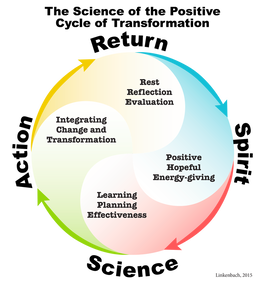|
What is the PCN Campaign?
The Positive Community Norms (PCN) Campaign is an evidence based strategy that works to correct misperceptions, reduce underage drinking and other substance use, reinforce positive parenting habits, and raise awareness of the fact that the majority of students in the Issaquah School District are making healthy choices.
|
Most youth do NOT engage in substance use, but most may think their peers do. Similarly, parents may think most teens drink, but they may not think it is an issue they need to address with their own child. Our strategy to promote Positive Community Norms corrects misperceptions like these and in the process, helps us all shift perspective, attitudes and even our behaviors for the better.
What you can do…
Hear the conversation (what teens and their parents say), then steer the conversation to correct any misperceptions and promote the positive norms. In other words, find the untold goodness and continuously spread it through mass media marketing efforts, school-based activities, or even kitchen table conversations.
Hear the conversation (what teens and their parents say), then steer the conversation to correct any misperceptions and promote the positive norms. In other words, find the untold goodness and continuously spread it through mass media marketing efforts, school-based activities, or even kitchen table conversations.
Goals of Positive Community Norms:
|
How It Works
|
The Positive Community Norms campaign is a research-based strategy which recognizes that many young people are likely to conform to peer norms or feel the social pressure to do so. A growing number of studies show that both high school and college students’ personal drinking behavior is strongly influenced by their incorrect perception of peer drinking norms. Students typically think that the norms for both the frequency and the quantity of drinking among their peers are higher than they actually are.
|
The Social Norms approach works to correct negative misperceptions by collecting actual data that measures beliefs, attitudes, and behaviors. The data is then incorporated into a marketing strategy using media materials and messages to correct commonly-held beliefs like “everybody does it.” By continuing to market the positive messages and true norms, the misperception that “everybody does it” is slowly altered until there is a realization that “not everyone does it.”
|
The Results
Research shows repeated exposure to a variety of positive, data-based messages can change the misperceptions that help sustain problem behaviors. Over time, the negative behaviors of a group begin to shift toward the more accurately perceived safer and healthier norms.


